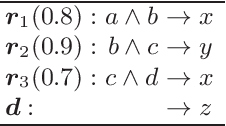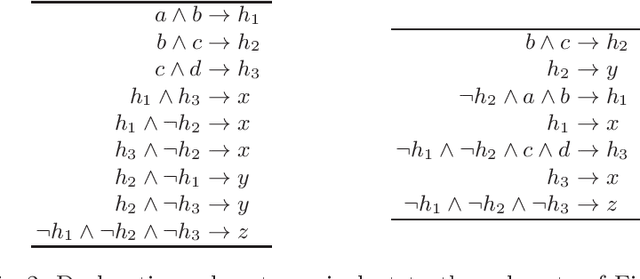Learning Structured Declarative Rule Sets -- A Challenge for Deep Discrete Learning
Paper and Code
Dec 08, 2020

Arguably the key reason for the success of deep neural networks is their ability to autonomously form non-linear combinations of the input features, which can be used in subsequent layers of the network. The analogon to this capability in inductive rule learning is to learn a structured rule base, where the inputs are combined to learn new auxiliary concepts, which can then be used as inputs by subsequent rules. Yet, research on rule learning algorithms that have such capabilities is still in their infancy, which is - we would argue - one of the key impediments to substantial progress in this field. In this position paper, we want to draw attention to this unsolved problem, with a particular focus on previous work in predicate invention and multi-label rule learning
 Add to Chrome
Add to Chrome Add to Firefox
Add to Firefox Add to Edge
Add to Edge